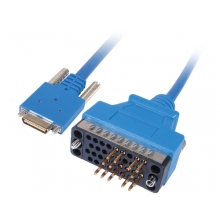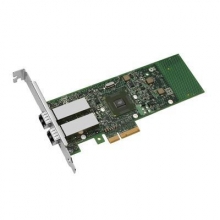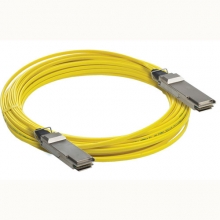- Optical Transceivers
- SFP+ Transceivers
- XENPAK Transceivers
- XFP Transceivers
- X2 Transceivers
- SFP Transceivers
- Compatible SFP
- 3Com SFP
- Alcatel-Lucent SFP
- Allied Telesis SFP
- Avaya SFP
- Brocade SFP
- Cisco SFP
- D-Link SFP
- Dell SFP
- Enterasys SFP
- Extreme SFP
- Force10 SFP
- Foundry SFP
- H3C SFP
- HP SFP
- Huawei SFP
- Intel SFP
- Juniper SFP
- Linksys SFP
- Marconi SFP
- McAfee SFP
- Netgear SFP
- Nortel SFP
- Planet SFP
- Q-logic SFP
- Redback SFP
- SMC SFP
- SUN SFP
- TRENDnet SFP
- ZYXEL SFP
- Other SFP
- FE SFP
- GE SFP
- OC3 SFP
- OC12 SFP
- OC48 SFP
- Copper SFP
- CWDM SFP
- DWDM SFP
- BIDI SFP
- Fiber Channel SFP
- Multi-Rate SFP
- SGMII SFP
- Compatible SFP
- GBIC Transceivers
- Passive Components
- Networking
- Cables
- Equipments
- Tools
- Special Offers


The three components of Juniper’s QFabric architecture
One might think that collapsing three tiers of switches to one would limit the overall volume of transceiver modules sold. However, a couple of factors about Juniper’s new offering provide reason for applause for transceiver makers: quality new technology that solves users’ problems tend to sell very well, and Juniper does not force its customers to buy transceivers from only itself, allowing less markup on the modules.
The new architecture certainly improves the overall latency of the network, because packets move through fewer switch ports to reach their destinations. Further, the overall cost of switching should diminish if this architecture takes off, since customers do not have to buy the extra layers of switches they buy now. Although convincing users that this new architecture is in their best interests may take time, over the next couple of years, we expect QFabric to become quite popular as users upgrade their data center to 10GbE from 1GbE at the lowest level links. We do not expect transceiver volumes to suffer, and with a smaller markup on the transceiver modules, we expect more profit for transceiver makers.



















































